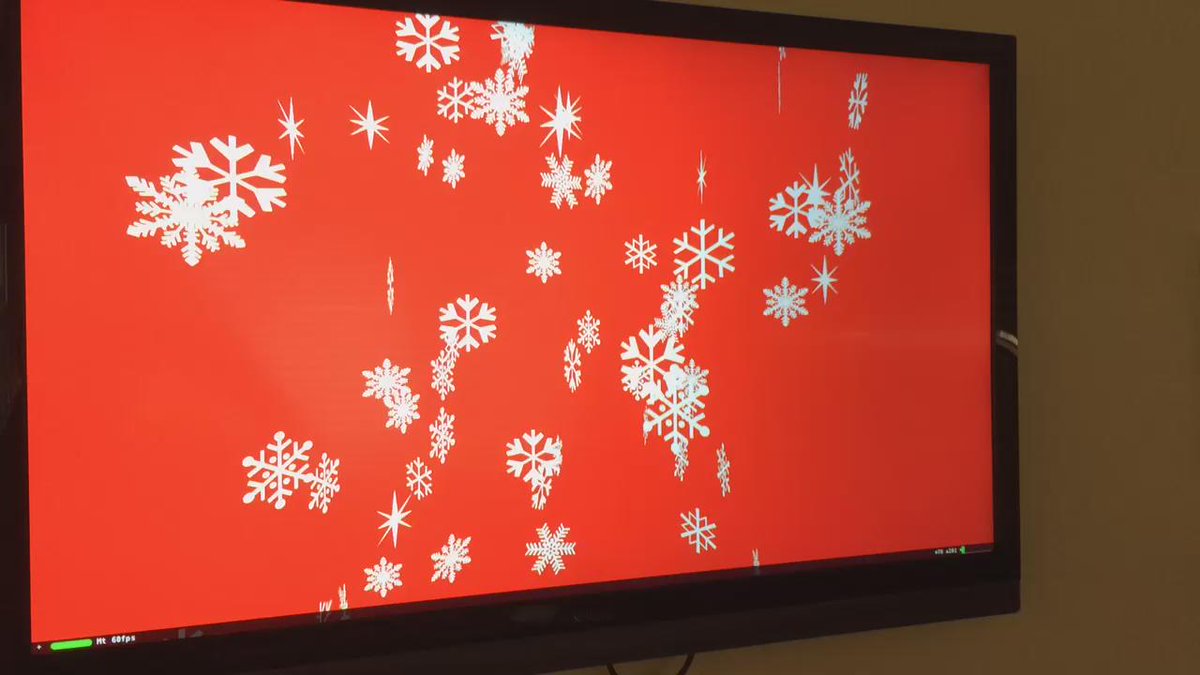WeChat ID
aaronpk_tv
Friday, November 13, 2015
| bicycle |
29 min
|
|
4.8 miles
|
bicycle |
| bicycle |
29 min
|
|
4.8 miles
|
bicycle |
Embeds API you wish you built yourself. Over 1600 domains. (Responsive, oEmbed, Twitter Cards, Open Graph, Readability and more)

